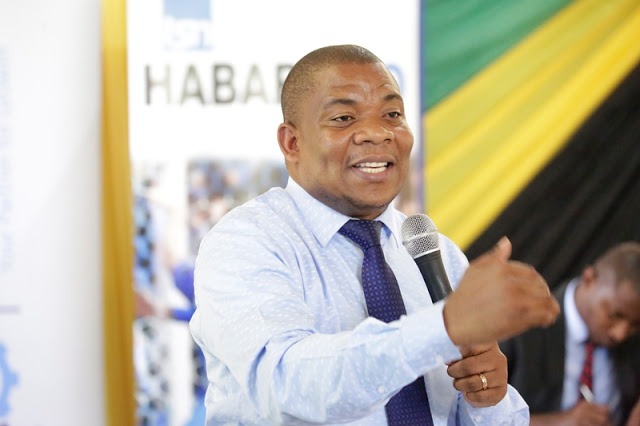Permanent Secretary, Mr. Gerald Mweli: Tanzania’s Soya Seed Production Set to Surge with New Irrigation and Research Initiatives
Kilimokwanza.org Team
Tanzania is poised to witness a remarkable surge in its soya seed production, thanks to the implementation of advanced irrigation techniques and robust research initiatives. This groundbreaking development was unveiled at a recent soya stakeholders’ meeting by the Ministry of Agriculture’s Permanent Secretary, Mr. Gerald Mweli.
Embracing Technology for Growth
At the heart of this agricultural revolution lies the integration of modern irrigation machinery in select farms across the country. This move, Mr. Mweli notes, is a game-changer for Tanzania, potentially increasing both the quantity and quality of soya seed production. While details on the number of farms and the specific budget allocations for research centers remain undisclosed, the optimism is palpable.
A Multipronged Approach
Engineer Anna Mwangamilo, on behalf of the ministry, highlighted the significant strides already made in soya production. With an eye on both local and international markets, the ministry is not only focusing on increasing production cycles but also on augmenting the annual budget for research centers. This is seen as a critical step towards cultivating superior soya seed varieties.
SAGCOT’s Vision
The Southern Agricultural Growth Corridor of Tanzania (SAGCOT), in partnership with the Ministry of Agriculture, is at the forefront of this initiative. Mr. Abdallah Msambachi, Programme Manager of Tanzania Sustainable Soybean Initiative (TSSI) under SAGCOT, underscored the strategic goal: to make Tanzanian soya a strong contender in the global market while fostering job creation in the agricultural sector.
Regional Potential and Challenges
Tanzania’s soya cultivation landscape is diverse, with significant production in Ruvuma, Iringa, Mbeya, Rukwa, and Morogoro. The potential for expansion into other regions like Tanga, Mtwara, and Lindi is immense. However, as Mr. Tumaini Lipola from the Iringa Farmers’ Cooperative Union (IFCU) pointed out, there are hurdles to overcome. Despite a conducive business climate, the actual yield per acre falls short of expectations, indicating a need for improved agricultural practices and financing.
A Convergence of Stakeholders
The meeting served as a melting pot for ideas and strategies, drawing participants from various sectors including the private sector, financial institutions, and numerous non-state actors in the soya industry. This collaborative effort symbolizes a unified commitment to not only elevate Tanzania’s standing in the soya market but also to contribute to the nation’s broader economic and agricultural development.
Looking Ahead
As Tanzania embarks on this ambitious journey, the focus remains on leveraging technology, enhancing research, and overcoming existing challenges. With these concerted efforts, the future of soya seed production in Tanzania looks brighter than ever, promising not just increased yields but also a sustainable path to economic prosperity and food security.


